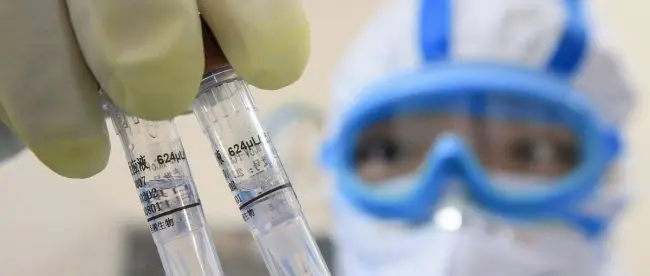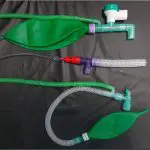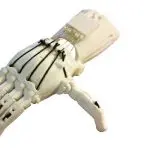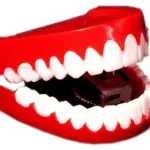3D Printing Helps Protect Coronavirus Medics
A few weeks ago nobody had heard of COVID-19, the latest fun mutant virus to spread from China across the world. Now everyone’s frightened of what will happen if there’s an outbreak near them. No, we’re not all going to die. Coronavirus is basically just a really, really bad cold. Yes, it can be deadly, but it’s less lethal than a lot of seasonal flu epidemics. That said it’s pretty unpleasant, and even if you don’t die of it you might spend a few days wishing you would.
Anyway, if you don’t want to get coronavirus you should remember all the things your mum taught you about how not to get a cold. Coughs and sneezes spread diseases, so avoid people who’re coughing and sneezing as much as possible. Wash your hands. If you do all that you’re less likely to get a cold and you’re less likely to get coronavirus.
Of course, no matter how careful you are, sometimes you get a cold anyway. Guess what? No matter how careful you are you might get coronavirus, too. On the bright side just be glad you’re not a Chinese nurse. They’re treating a lot of patients and they’re exposed to the virus all day long, so their chances don’t seem good.
Need a new mask, fast?
A lot of people, especially medics, are wearing simple facemasks in an effort to protect themselves from the virus. That will help if you’re just worried about being sneezed at in the street, but if you’re dealing with patients all day it isn’t really protective enough. Medics dealing with coronavirus outbreaks need a special, higher-performance type of mask. The problem is there aren’t many of them in stock and they take time to make.
Now a Chinese university says it has a solution – and it’s all down to 3D printing. A team from the Beijing University of Chemical Technology have been working on a new design of mask custom-made to protect medics against coronavirus. It’s a sophisticated design that uses nanofibre filters and a pumping tube that forces inhaled air through a sterilising chamber. Unfortunately the university can’t get supplies of the tubing they need – so they’ve worked out how to 3D print it instead.
Professor Jiao Zhiwei, a member of the university’s R&D team, says that using 3D printing will let them get the mask into large-scale production faster than traditional methods. That seems the wrong way round, because once a design has been finalised it’s usually quicker to use conventional methods for mass production.
In this case it seems that the urgency of getting masks out has turned that on its head. Moulding or other methods can produce things really fast once it’s all set up – but getting it set up can take a while. 3D printing can help fill that gap, and get supplies of masks out while factories are setting up for mass production.
Professor Jiao isn’t just making masks, though. Medics also need goggles, but they’ve been having problems wearing them for long periods. The medics complain that the goggles are uncomfortable, but the real problem is that badly-fitting goggles don’t seal properly and can let the coronavirus in. Jiao’s lab is now producing 3D-printed seals custom-fitted to users, so their goggles are more comfortable and safer.
3D printing had a lot of advantages when it comes to rapid prototyping, and those same advantages are turning out to be very useful for quickly developing items for emergency use. Nobody’s quite sure what’s going to happen with the coronavirus epidemic, but it looks like at least some lives are going to be saved by fast work with a 3D printer.








Leave a comment
You must be logged in to post a comment.